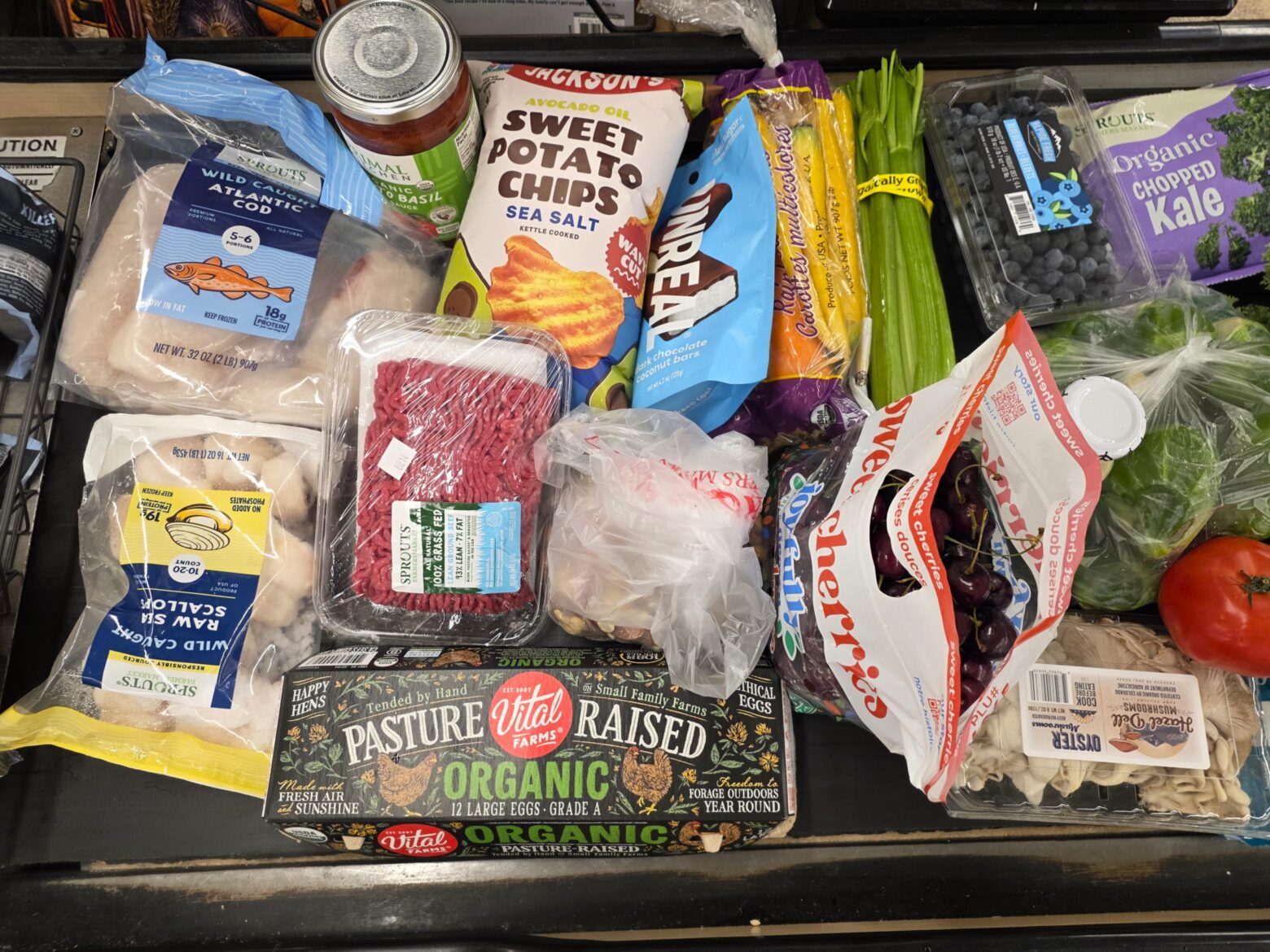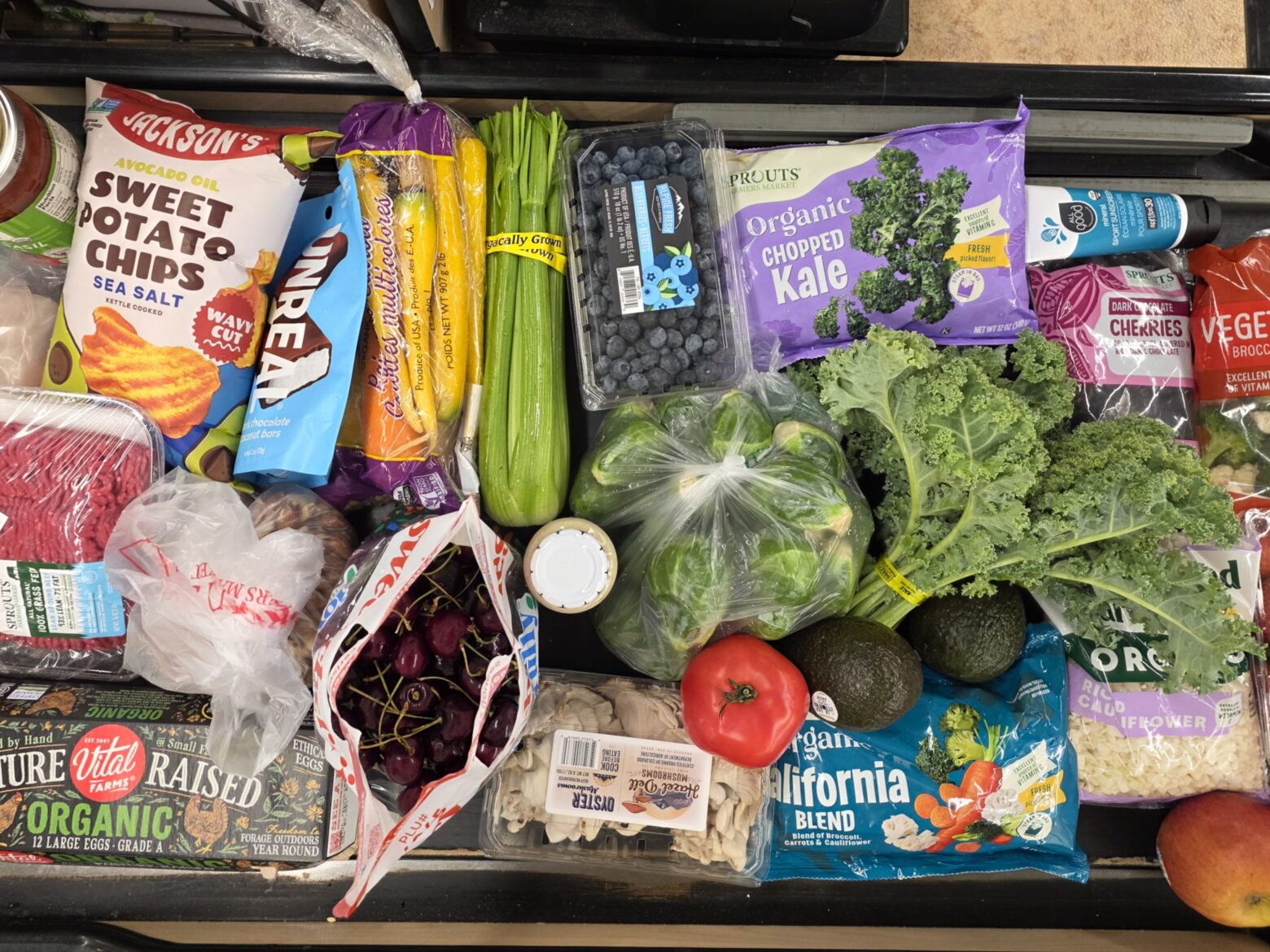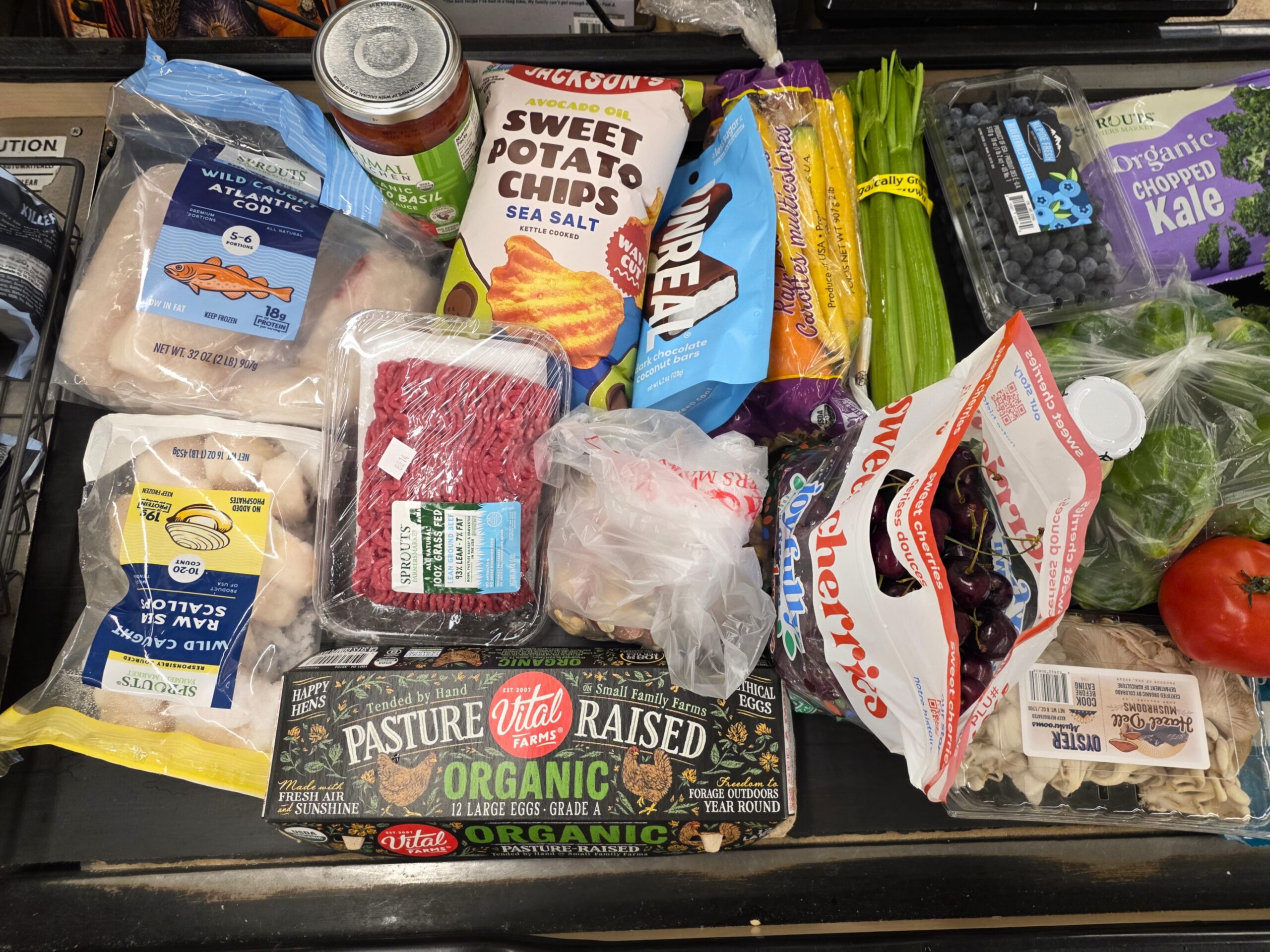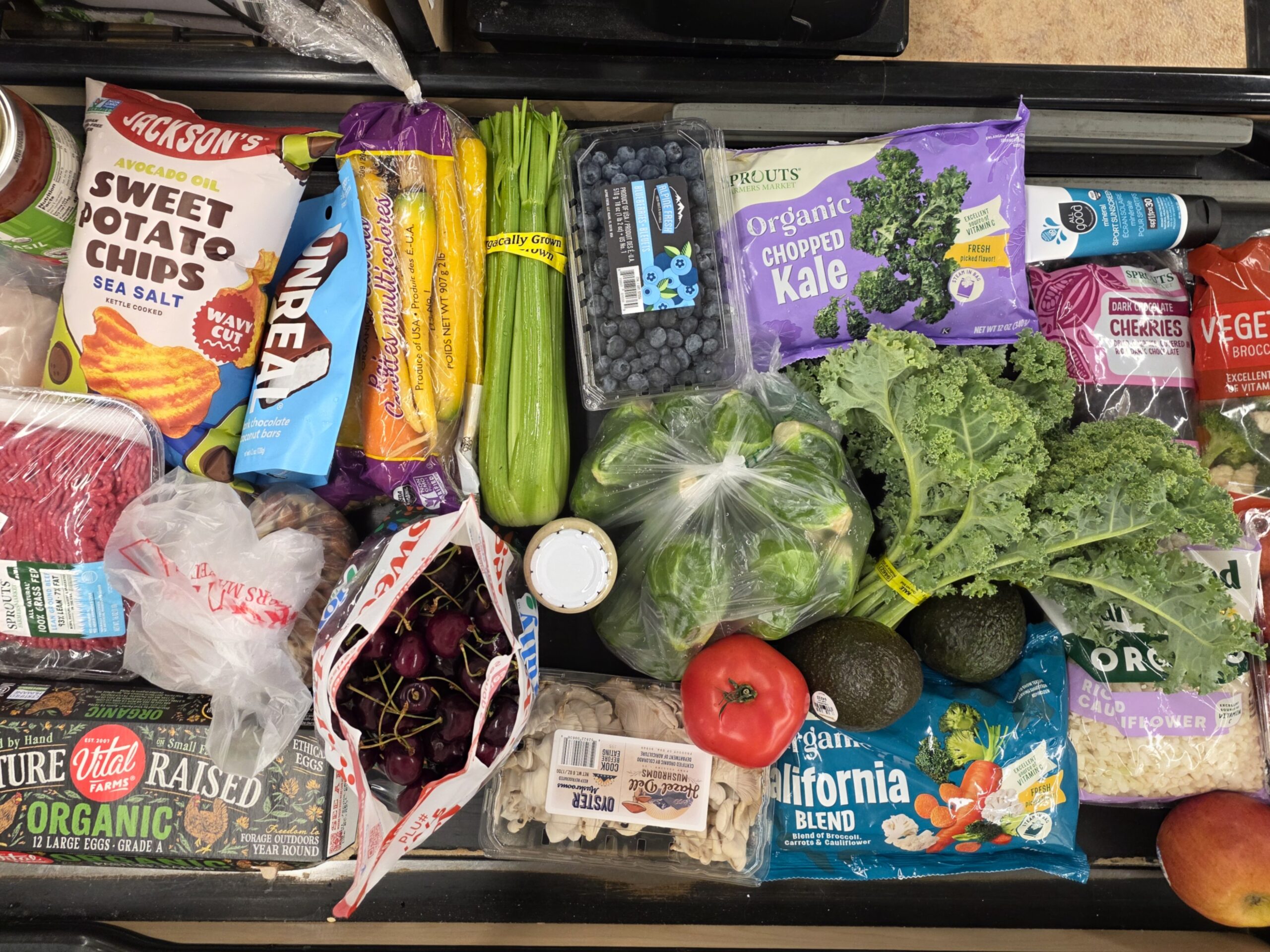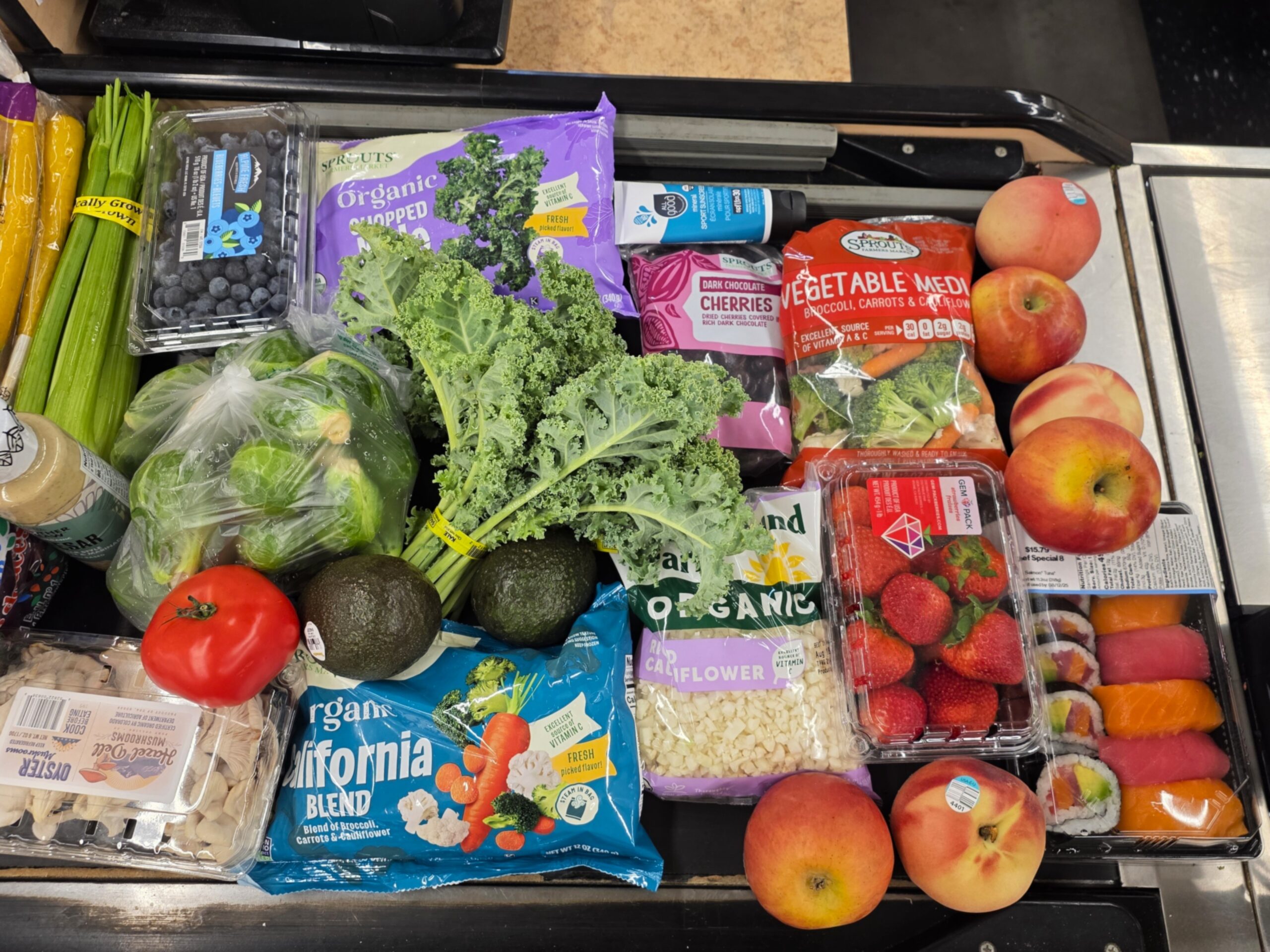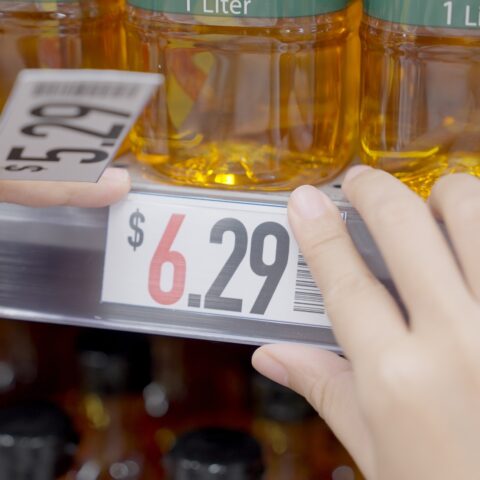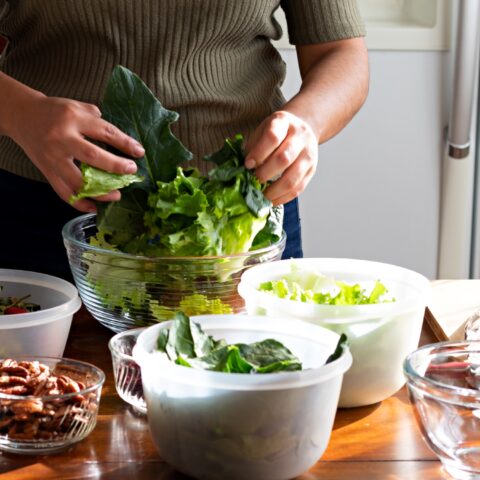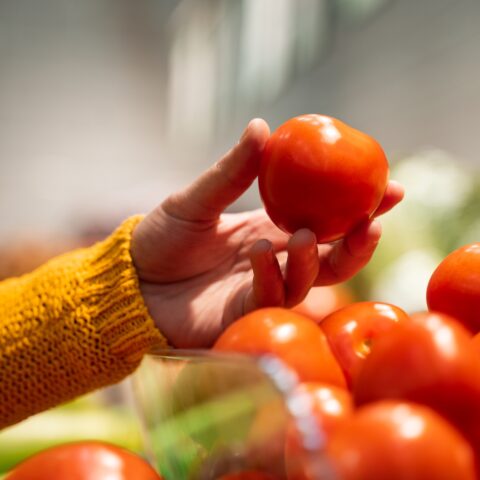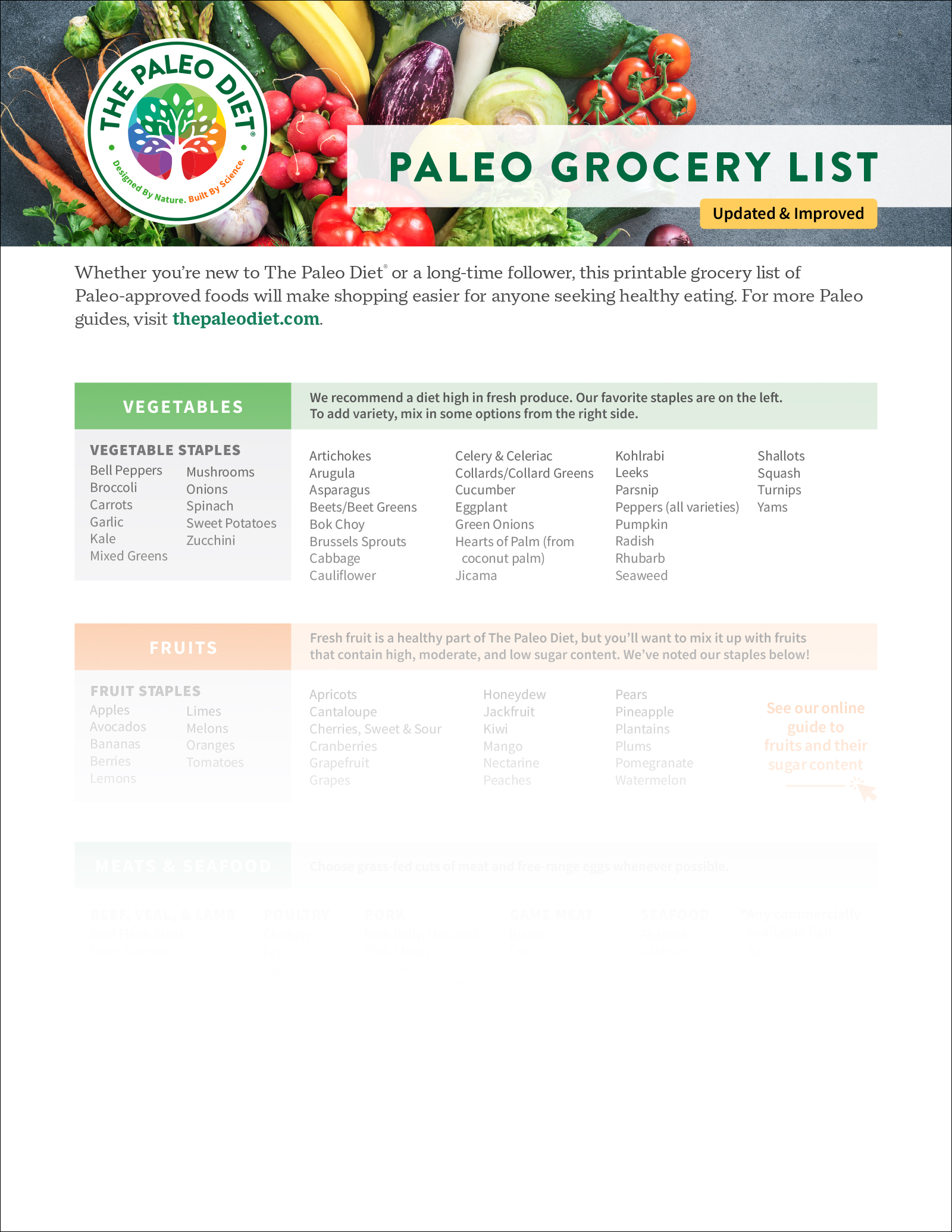How to Buy Affordable, Healthy Groceries
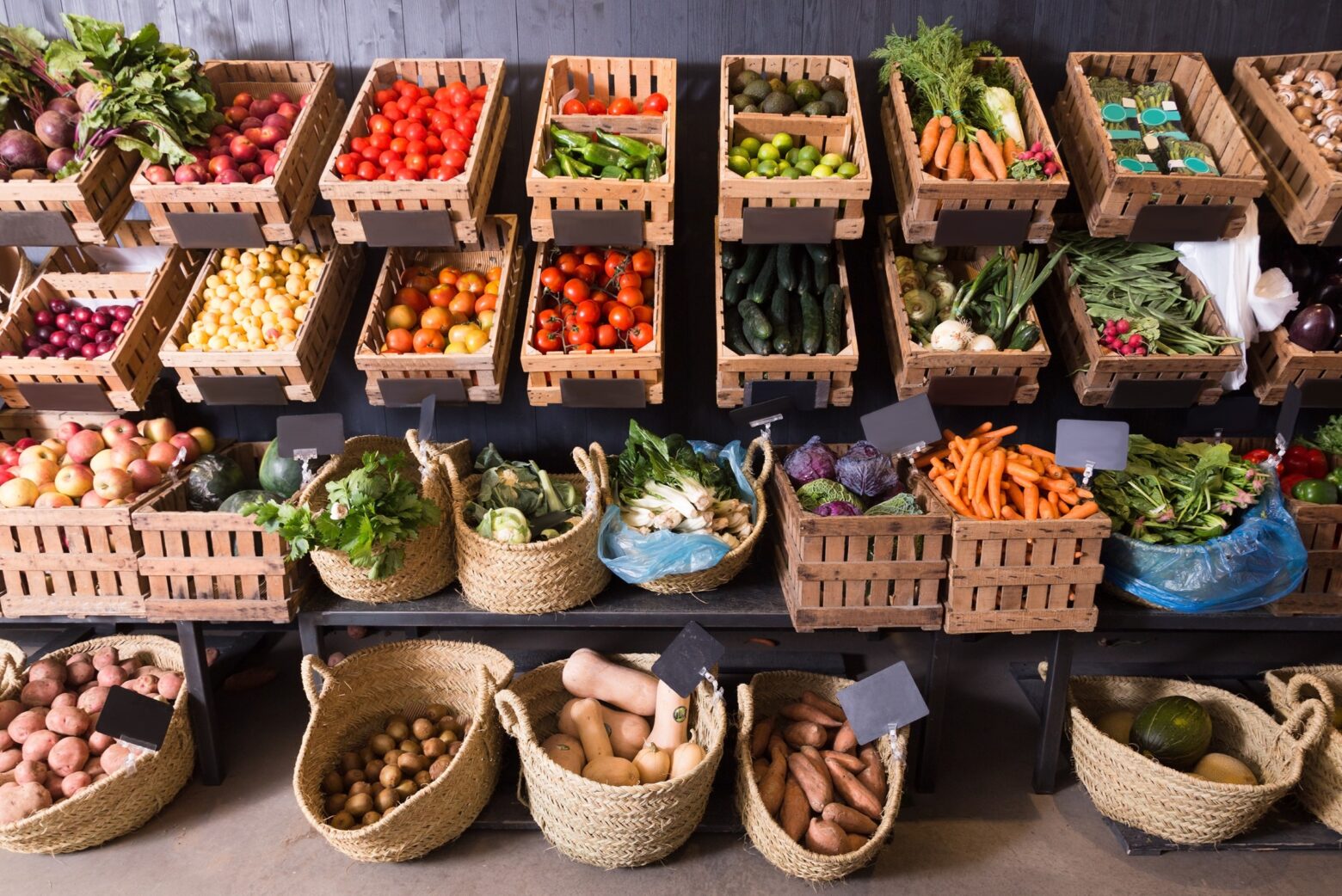
There are several barriers that may exist when you embark on a new way of eating. The first concern that comes to mind may be the cost: Will I be able to afford to eat healthier? The second concern may relate to accessibility: My store doesn’t even sell those foods!
These concerns can be enough to stop anyone from changing their habits before they’ve even started. But with a little pragmatism and flexibility, you can start buying more healthy groceries and cooking more Paleo meals—no matter your budget or accessibility.
Before we share our tips to start eating healthier, let’s address one of the biggest challenges: affordability.
The True Cost of Healthy Groceries
CEO of The Paleo Diet®, Trevor Connor, wants to be up front about healthy eating. “If you are looking for the cheapest way possible to eat, The Paleo Diet is not going to be that,” he says. “A lot of the really bad, ultra-processed junk food out there is designed to be cheap, and there are people who have serious monetary issues, and that’s what they can afford.”
But the cost of an unhealthy lifestyle can ultimately have a big financial impact over time. As Connor explains, there is a difference between a person’s mortality (the age they die) and their morbidity (the onset of chronic disease).
“Up until very recently, those ages were very close to one another,” says Connor. “You’d hit age of morbidity, and then your age of mortality would be a year or two later. Now you’re seeing a separation of decades, and that means you are dealing with chronic disease for years. That has a big expense.”
When you can manage to buy healthier options, know that you’re also protecting your health for the future. But even when you’re unable to budget for all the healthy groceries you’d like doesn’t mean you can’t take small steps toward healthier habits that will pay dividends in the long run.
RELATED: How to Analyze Your Grocery Receipt to Improve Shopping Habits
What Do Affordable Paleo Meals Look Like?
The Paleo Diet® encourages eating a variety of quality proteins, seasonal produce, healthy fats, and low-sugar, low-sodium foods to support metabolic health. While we do prefer organic produce and grass-fed and regenerative meats, we also recognize that these foods may come with a higher price tag.
When buying produce, if organic isn’t available due to budget or accessibility, remember that conventional produce is better than no produce at all. It may also be helpful to consider canned or frozen produce, especially if your selections have a habit of spoiling before you get the chance to eat them.
For animal proteins, some companies strive to offer healthy groceries to consumers at a reduced cost. For example, Origin Provisions offers grass-fed, regenerative beef at a price similar to conventional beef. Local farms and CSAs may also offer organic beef and free-range poultry and eggs at lower prices than your grocery store, but you should shop around for the best deals in your area.
The next time you fill up your grocery cart, see if you can implement some of the below tips to maximize the amount of healthy groceries you come home with (and actually use).
Buy in Bulk
Buying in bulk can reduce an item’s overall cost per unit or weight. This can look like purchasing the biggest size of a product when shopping or finding a specialty grocery store that offers a variety of bulk goods that you can bag yourself.
Not only will you save on costs, but by stocking up you’re also giving yourself options for days when you don’t have meals planned. Connor will throw whatever ingredients are available into a stir fry, especially on days when he’s short on time or energy.
“The easiest thing to do is grab a piece of chicken or a piece of fish, chop it up, grab a bunch of frozen vegetables, stir fry it all together, add a lot of spices, a little bit of flavoring, and it’s a quick and easy dinner. It’s actually relatively inexpensive, and it’s very healthy.”
Batch Cook
Some people set aside a few hours every week to prep big meals for the next several days. While it’s an effective strategy, a simple modification you can make if you don’t have as much time is to batch cook or prep some ingredients, instead of every meal. Taking a little extra time to chop veggies for the week will save you when it comes time to assemble the dish, and in turn may motivate you to eat healthier instead of going for a more convenient, less healthy option.
Connor loves to batch cook his proteins for the week. “I grill a week’s worth of meat in one sitting. Then, once I’m done, I put some in the fridge and I put some in the freezer,” he says. “And I know I have all the proteins that I need for the week, because that can be one of the things that consumes the most time.”
This strategy doesn’t need to apply to one day of the week, either. For every dinner, Connor advises to always cook extra: “I never cook just one dinner. Like, if I’m doing that stir fry, I do a giant stir fry. The rest goes in the fridge, and I have the next couple of meals put together.”
Utilize Your Freezer
Of course, all those bulk foods and prepped meals won’t do much good if they go bad before you can eat them. Your freezer is a fantastic asset for preserving excess meats, leftover meals, and food prep ingredients. One ice tray alone can hold a world of possibilities:
- Freeze coffee and teas for iced beverages on hot days
- Mix herbs with olive oil for perfectly portioned, infused oils the next time you cook
- Save sauces to thaw when you need a little extra flavor in your dish
- Portion out leftover homemade broth to save on sodium-laden bullion cubes
- Store homemade pet treats for your four-legged family members
- Don’t let fresh-squeezed citrus go to waste: Preserve teaspoon and tablespoon portions and thaw the next time you need it for a drink or dish
The frozen section is also a great place to buy fruits and vegetables. As Connor explains, this not only helps to prevent food waste and spoilage, but may also be a more nutrient-dense option than fresh produce.
Many fresh fruits and vegetables are picked before they’re ripe and then chemically ripened once they reach their destination. Because frozen produce is picked at the peak of freshness and flash frozen almost immediately, it can retain many of its nutrients.
Leave Room for Flexibility
The Paleo Diet recognizes there are many factors that can get in the way of following any diet with 100% compliance. Whether you’re away from home, unable to cook, or simply craving something specific, a little flexibility is encouraged in a Paleo lifestyle. Even our CEO likes to build flexibility into his weekly diet.
“I think it’s actually healthy to have your treats and your snacks. So when I go to the grocery store, I just think about the 85/15 rule, and I try to make sure that 85 to 90% of my shopping is Paleo foods, and then throw in that 10%,” says Connor. He also addresses whether this flexibility should be built into every day or every week.
“I used to have treats every day. But what I discovered is that a lot of these foods are designed to be very addictive, and if you’re eating them every day, you just keep craving them and it gets a lot harder to eat healthy. So, I have most days of the week where I’m eating pretty much 100% Paleo. I don’t really cheat. It’s actually really easy to do. And then I have one, sometimes two days a week where I just go, ‘Okay, this is my fun day.’”
An Example Week of Healthy Groceries
Who better to demonstrate what one week of healthy groceries can look like than the CEO of The Paleo Diet himself? In the images above, you’ll notice:
- A variety of fresh fruits and vegetables
- Frozen meats and produce (in bulk sizes)
- Organic, pasture-raised eggs
- Flexible options like candy bars and sushi rolls
You may also notice that Connor’s non-Paleo options in that last bullet point are still pretty healthy. The candy bars shown are low in sugar and contain minimal, organic ingredients. Meanwhile the sushi, though rolled with non-Paleo rice and served with sodium-rich soy sauce, is still a nutritious option as the focus of the dish is fish—a food naturally high in protein and healthy fats.
That’s not to say that your groceries should be a carbon copy of the above. Even Connor will buy a bag of Swedish Fish at a gas station toward the end of his long weekend bike ride—hardly the low-sugar, organic treats shown. And though this particular shopping trip took place at a Sprouts supermarket, these options are available at less expensive grocery store chains as well.
Your weekly haul may not look like this (especially if you’re shopping for kids, too) and that’s okay. Every individual’s needs, budget, accessibility, and preferences will differ. The simplest way to think of it is to focus on fruits, vegetables, and healthy proteins, and to try and reduce highly processed foods as much as possible.
Paleo-Certified Brands to Shop For
Not all packaged goods automatically equate to unhealthy foods. In recent years, an increasing number of brands have been endeavoring to create quality packaged products with whole ingredients and minimal additives.
Several of these brands are certified TRUEPALEO™ or PaleoFLEX™ according to our own rigorous standards. When you buy one of our certified products below, you’re buying a food that has been vetted for its ingredients, production practices, processing methods, bioengineering, sustainability, animal management, and ratios of key nutrients. Some of our certified products include:
- Beef cuts, organ meats, and ground beef from Certified Piedmontese
- Microgreens from Instafarm
- Sweet potato chips from Jackson’s
- Macadamia oil from Jindilli Farms
- Chocolate confections from Wild West Chocolate
If you’re unable to find Paleo-certified products where you shop, it’s also helpful to read the ingredients list on the package. It’s not always about looking for the least amount of ingredients in a product, but whether they’re sourced from recognizable whole foods and minimize the amount of synthetic additives and vague terms like “spices,” or “natural flavor.”
Paleo Meals Are About Progress, Not Perfection
When you start a health journey, you don’t need to go zero to 100 right away. Connor cautions that this can be counterproductive to a new lifestyle. “It is really hard to do,” he says, “and your body is going to react very negatively to that initially, even though it’s a giant improvement in your diet.”
Begin by reducing the amount of unhealthy, ultra-processed foods in your grocery cart and adding more whole-food options like fruits and vegetables. Connor advises aiming for a mix of Paleo and PaleoFLEX foods in the beginning—that is, foods that are still good for you overall but not fully Paleo.
Over time, add more healthy groceries into your diet, figure out what you like or don’t like, and continue from there. For example, Connor grew up hating the taste of plain, boiled broccoli. Now, he says, he enjoys it when sauteed in olive oil and garlic powder. If you have an aversion to certain foods because of how they were made, don’t be afraid to pick them up again. Experiment until you find what works for you, your needs, and your budget.
Finally—and most importantly—don’t beat up on yourself when you face a setback. Connor says he has had many weekends where he falls off the bandwagon. He doesn’t get too stressed about it. Instead, he gets excited about eating healthy again on Monday and making a big, nutrient-dense stir fry.
Frequently Asked Questions
Can you eat Paleo meals on a budget?
The Paleo Diet isn’t the least expensive way of eating out there, but there are things you can do to reduce costs when buying healthy groceries.
What healthy groceries are also Paleo friendly?
Fresh, frozen, or canned fruits and vegetables. Organic foods if you can afford it—or conventional if you can’t. Organic, sustainably raised animal proteins. Packaged goods with ingredients sourced from whole foods and containing few additives.
Remember that you’re heading in the right direction when you move toward whole, natural, or less-processed foods.
What Paleo-certified healthy groceries can I shop for?
You can find Paleo-certified groceries like beef, microgreens, sweet potato chips, macadamia oil, and chocolate online or in store. See our partner page for more information on our certified products and brands.
What is PaleoFLEX?
PaleoFLEX is one of our certification standards that isn’t fully Paleo due to the addition of a limited amount of salt, certain natural sweeteners, or allowed additives. PaleoFLEX products and recipes are great options for enjoying flexible foods while still supporting your overall health goals.
Andrea Dehnke
Andrea is the Content Manager at The Paleo Diet and has experience working with several health and nutrition publications.
More About The Author
